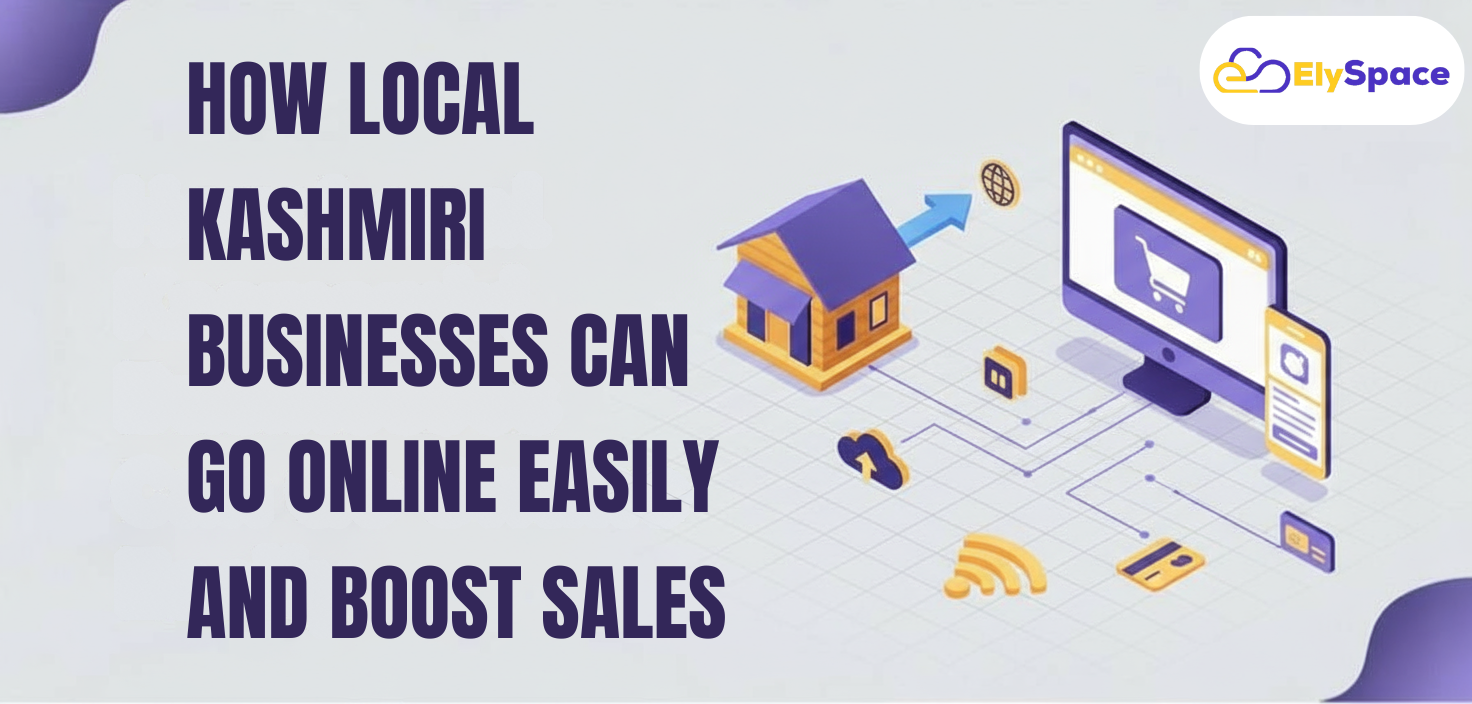Kashmir has been a brand of authenticity and craftsmanship for ages. From handwoven Pashmina shawls to fragrant saffron threads, from fine carpets to superior walnuts, things from this valley are steeped in history and tradition, all waiting to be enjoyed. Although they have such incredible things to offer to the world, many Kashmiri businesses online remain relegated to traditional marketplaces, missing the incredible opportunities available within the arena of digital commerce.
Taking your business online is no longer an option. The internet has penetrated even the furthest corners of India, and consumers are choosing the convenience of shopping online. Today, it is a necessity for every business to go online if it expects to survive and grow. This resource will guide you through the logical next steps to take your Kashmiri business online and reach consumers beyond physical borders.
Why Digital Presence Matters for Local Kashmiri Businesses
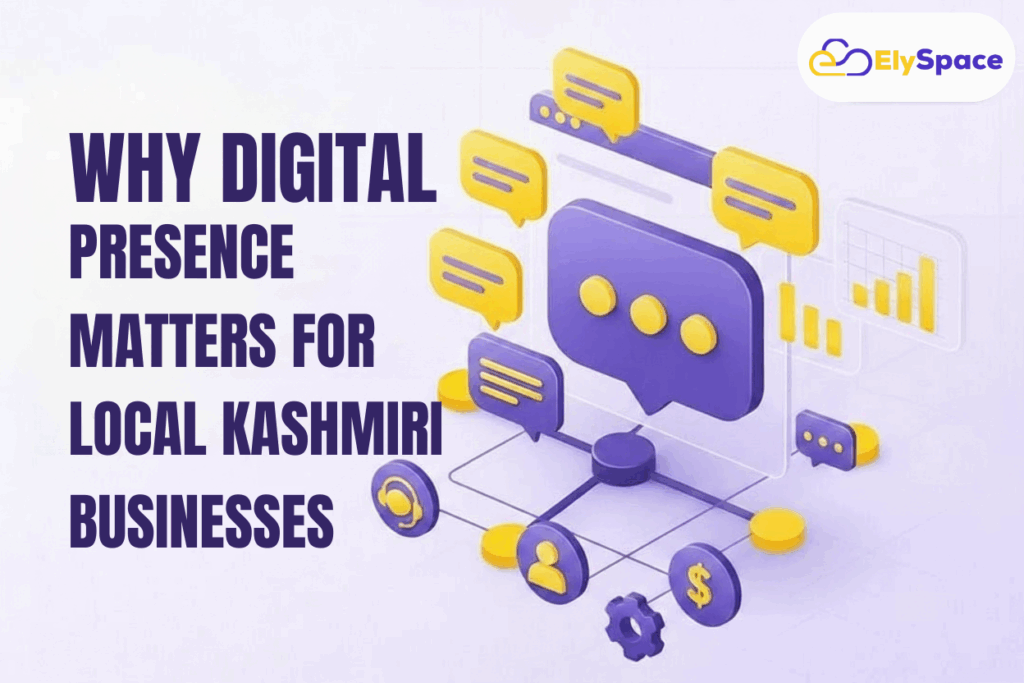
The way commerce functions has been fundamentally altered by the emergence of the digital economy. Conventional stores, also referred to as “brick-and-mortar,” are bound to restrictions influenced by geography, weather, and foot traffic. In contrast, an online business runs 24/7, potentially selling anywhere in India or beyond without a physical presence.
This change will be especially significant to Kashmiri businesses online because authentic Kashmiri products are priced at a premium both nationally and internationally. Consumers are actively seeking authentic handicrafts, original saffron, and traditional textiles, and simply need to find someone honest when purchasing items online. By having an online presence, you are making products discoverable to potential buyers.
There has never been a better moment for local businesses to go online. E-commerce continues to grow exponentially in India, with millions of first-time online buyers every year. Social media has transitioned into a powerful marketplace, allowing small businesses the opportunity to outperform established brands.
Retailers must manage seasonal challenges that online retailers easily overcome. Tourist foot traffic—especially in our valley—sometimes relies on weather and travel to and from the tourist destination. If you have a digital shopfront, you will be able to reach buyers no matter how complex things are externally, and weekends—no matter the season—will always provide a chance for revenue.
Creating Your Digital Foundation
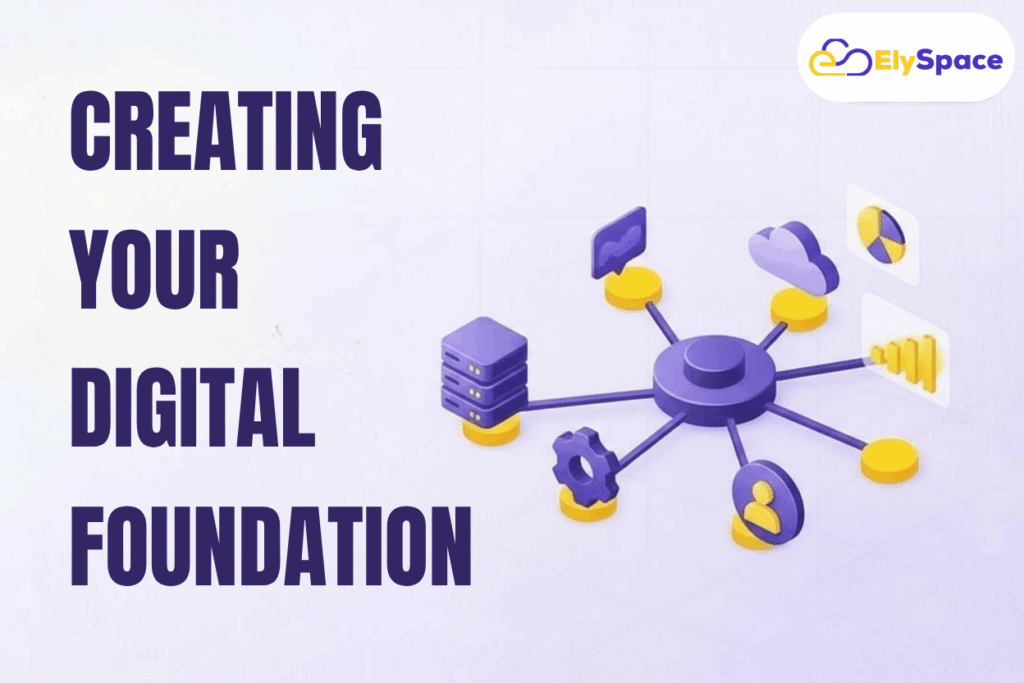
Building Your Online Business Identity
Before selling online, Kashmiri businesses need to have a well-defined digital identity. This begins with selecting a business name that is memorable, easy to spell, and conveys what you’re selling. Consider your business name as it relates to online search results and social media branding.
It is important to secure a domain name that matches your business name. Even if you plan to start selling on social media, having a business domain name builds credibility and prepares you for your website down the road. Professional web development services can support your online presence and converts visitors into customers.
The first thing to create is business accounts on social media platforms. Instagram and Facebook have become major selling platforms for local businesses, especially when selling visual products such as handicrafts and textiles. In addition, by using WhatsApp Business, you can communicate with customers more professionally, including product catalogues and automated responses for customers.
Finally, one tool that you may not think to use is your Google Business Profile. A Google Business Profile is free to set up and appears in local search results, and it is listed on Google Maps. This ensures that your Kashmiri business is displayed in a person’s search when searching for authentic products. Complete every profile field, including business hours, contact information, pictures, and descriptions.
Choosing the Right Online Sales Channels
Social Media Marketing for Small Businesses
Facebook and Instagram transitioned from social networking sites to full-scale marketplaces. For local businesses just starting digitally, these sites offer the easiest way to begin with little investment initially.
Your business profile on Instagram is your digital storefront. Use your logo or a signature product image as your profile image. Your bio should clearly state what you are selling, what makes your products special, and how customers would purchase your items.
The quality of your media will determine your success on social media. Your product doesn’t require expensive photography equipment; your smartphone with natural light will yield quality results. Capture images from multiple angles, images of your product in use and close-up images that showcase detailed craftsmanship.
Instagram Stories and Reels are an especially effective way to connect with potential customers. Showing a behind-the-scenes look in the workshop, artisans at work, or even the process to create your product, all lend authenticity that mass-produced products cannot achieve. Authentic storytelling is what distinguishes local businesses from a multitude of sellers.
E-commerce Marketplace Platforms
Online marketplaces, including Amazon, Flipkart, and Meesho, can open the doors for you to millions of buyers, some of whom may be immediately available. The marketplace will take care of some of the more complex technical and back-end work associated with starting your online business (e.g. managing website hosting, payment processing, and frequently even logistics).
For artisans and crafters, sellers on Etsy provide specific access to customers wanting something personal and unique. International customers are actually searching for authentic products and are usually willing to pay half or more if they feel it is a fair price for good craftsmanship or handiness. When selling in the marketplace, you take a commission on total sales, and these typically range from 10 to 20%.
You will have access to an established logistics system as well as consumer trust and tools to help improve your own marketing efforts, so you can reach more customers. This allows you to compete as a small local business.
Building Your Business Website
Owning an e-commerce store gives you full control over your brand, customer experience, and business knowledge. E-commerce platforms like Shopify, WooCommerce, and Wix have predefined templates that can simplify the setup process, even if you have no coding experience.
You will need the basics of pages on your site: a homepage that features your best-selling products, a shop page that displays your products in categories and allows purchasing by showcasing product details, an about page that explains who you are and tells your story, and a contact page that gives customers options to connect with you. Having an e-commerce website can help improve your credibility and conversion rates tremendously.
Building a mobile application can elevate your business, allowing your customers to similarly transact via e-commerce via their mobile device in an app. Many successful e-commerce businesses have a website and a mobile application for a wider reach.
Product Presentation That Converts
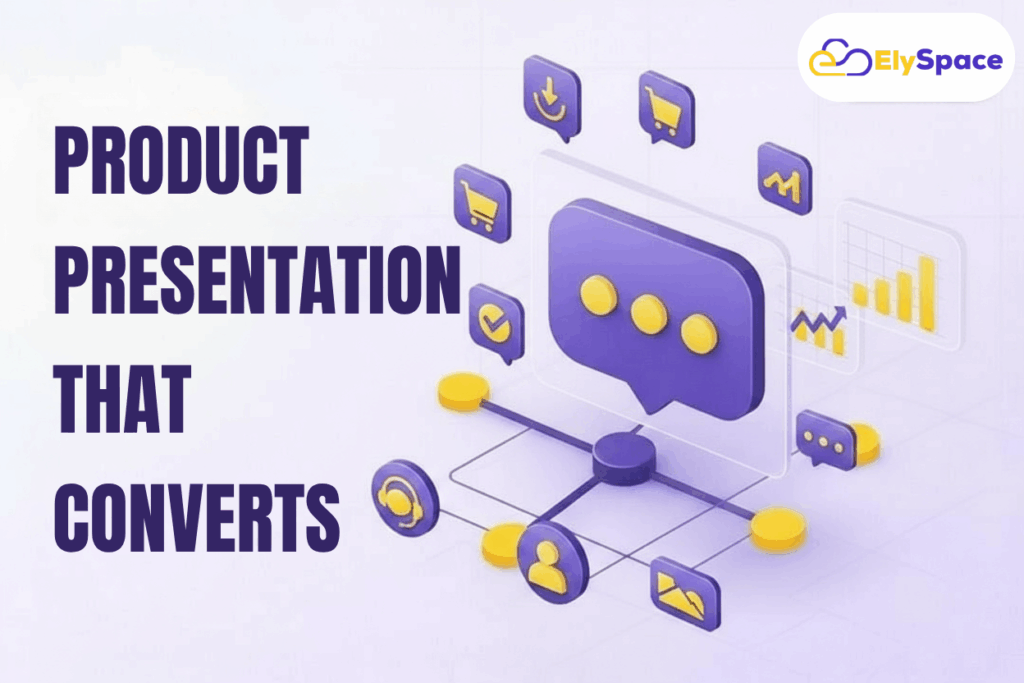
Photography for Online Selling
Online shopping takes away your ability to touch and examine a product in person, and so your photos have to answer every question a customer can see when they purchase the item. The best light for product photography is natural light, so set your products up near windows, preferably where the sunlight is soft and indirect, to achieve evenly lit products. Make sure to take multiple pictures of each product from different angles—flat lays, close-ups, and lifestyle shots featuring people or models enjoying those products in use.
Consistency is key to product photography; try to maintain similar backgrounds and lighting for the whole catalogue of products. It creates professionalism that allows customers to focus on the product.
Lifestyle photography is an effective tool to assist your customers in visualising owning and using the product. Examples such as creative photography of shawls being worn fashionably, carpets in a furnished room, or saffron next to cooking utensils, culturally tied to traditional cooking, make for context images that create emotional buying connections and the ability to charge prices.
Writing SEO-Friendly Product Descriptions
Product descriptions should include both factual details and storytelling. Provide useful information first in an easy-to-read and factual manner—size, weight, materials, care instructions.
Then tell the story. What traditional techniques were used in the making? What stitching patterns have existed for generations? Or what is the story behind your saffron fields or family rugmakers?
The use of keywords within descriptions to capture search visibility can be ‘subtle but effective.’ Include, without forcing, descriptors such as “authentic Kashmiri”, “handmade”, “traditional craftsmanship”, and the product name.
Another good tip is to take into account the most common questions that your customer might want to know before making a purchase. Is authenticity important? Include the information about what authenticates authenticity. Is sizing a common ‘pain point’ with your customer base? Explain to alleviate the uncertainty. Addressing common questions Customers have when making decisions to purchase on the web may help with hesitation at the purchase stage and can help to increase conversion.
Setting Up Payment and Shipping Solutions
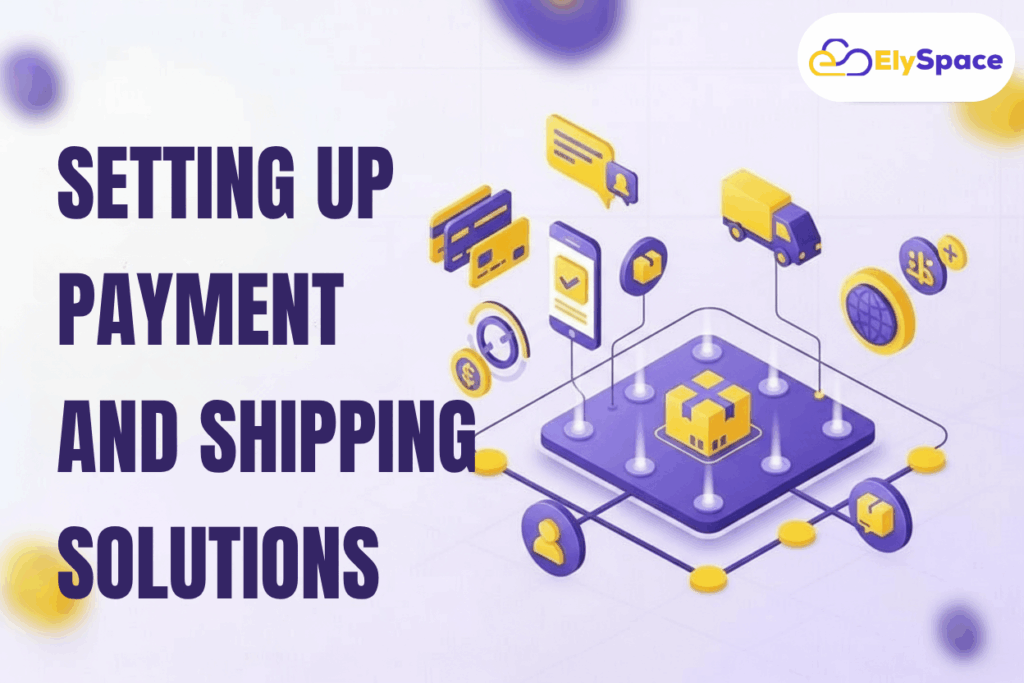
Online Payment Options for Small Businesses
You can help alleviate a prospective online customer’s buying objection by allowing multiple payment methods to choose from. If it is a UPI-based payment method, using Google Pay, PhonePe, or Paytm is a very low-effort way to get started. After setting up your UPI ID, you will receive confirmation in real time.
Payment gateways such as Razorpay, Instamojo, or Cashfree offer a professional checkout experience and accept payments through credit card, debit card, UPI, net banking and some digital wallets, though they usually charge a fee of around 2-3% of the transaction. They also handle all technical headaches to make checkout easy on your customers’ end.
Cash on delivery is also popular in India, especially for first-time buyers purchasing from an unknown seller for the first time. COD orders under the Ether Protocol typically will have higher returns and processing fees for the seller to receive the order back.
E-commerce Logistics and Shipping
Dependable logistics management enables burgeoning online retailers to assure buyers that their package will arrive in an appropriate condition. As you continue to search for courier partners, pay attention to which couriers service your targeted customers. Indian Postal is an excellent and inexpensive shipping option, but private companies (BlueDart, Delhivery) are quicker and efficient for delivery to customers, and provide usable tracking.
Consider packaging choices very carefully for your products. Your product will clearly need to arrive undamaged, but in addition, the way a package is presented plays into how a customer will assess its value for the product and even the brand. So if you’re being premium, the packaging should match that, including sturdy boxes, protective packing, and even branded packaging.
Be explicit and sincere about timing expectations. Acutely aware of the location of Kashmir, your courier is likely permitted to perform operations relatively soon in other cities in about 5-10 days, but establish the expectation, and as soon as your customer can provide tracking.
Digital Marketing Strategies for Local Businesses
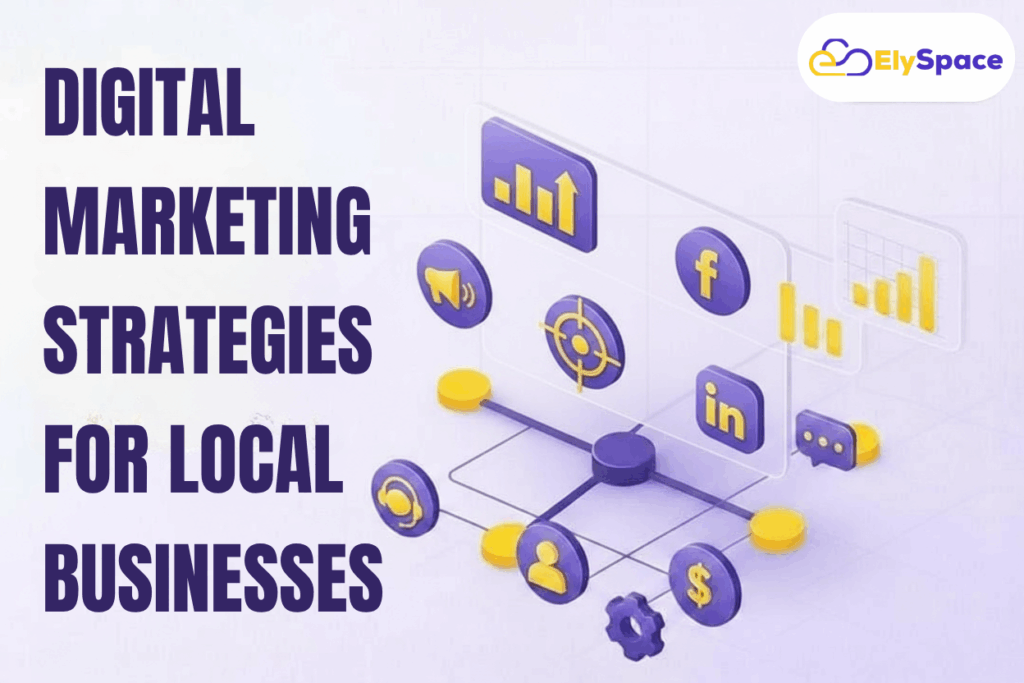
Content Marketing and Online Storytelling
Kashmiri businesses online selling authentic goods have incredible stories to tell. Take that and use it to your advantage by consistently creating content that informs and entertains your audience. Blog content on traditional makers, recognising an authentic product, or cultural relevance creates value in your own local expertise, and further helps SEO.
Video content sparkles and draws more attention on every platform. Share a short video of the makers or artisans working and creating the product or talking about a difference in quality to create a genuine empathetic connection. This can be shared on Instagram. When this happens, you should be informed and be able to apply the principles of Local SEO.
The first step is to perform keyword research for local businesses. Learn what keywords customers will actually use to search. The Google search engine’s autocomplete function shows the popular search terms. You should use these keywords naturally in your website content, product descriptions and social media.
The Google Business Profile will generate a large impact …when it comes to the visibility of your local business on Google search. Filling out every section completely, updating your profile with quality photos regularly, continually asking customers for a review, posting about new products and services and ensuring the contact information is accurate all contribute to having a robust Google Business Profile.
When it comes to the product pages of your website, it is important to have the page title include the relevant keyword, include alt text describing the image, create a clean URL structure, and, if you sell related products, link those products. Lastly, good web design and implementation of proper basic SEO should help provide an increase in the search rank of local businesses.
Social Media Marketing Tactics
Small businesses working on social media won’t be successful by only posting photos of their products. True engagement, like actual conversation with your audience, can help you build a community and encourage loyalty, all of which means actual revenue.
Make it a priority to reply to comments and direct messages as quickly as you can. When you respond quickly (and with helpful information), you turn someone from just casually interested to someone who actually buys. Use Instagram and Facebook Stories’ interactive features like polls, questions, and quizzes to engage your audience in actual participation.
Join communities and groups online that are particular to your business. If your business specialises in traditional crafts or authentic products, find a Facebook group that focuses on it and participate. Ask questions, offer helpful suggestions and other valuable content to gain interest. Provide actual value rather than simply promoting your product over and over again.
Go live on Instagram or Facebook. Live video lends the opportunity to bond with your audience in real time and creates an authentic connection. Go live to show a detailed craft technique, provide answers to questions on products, or show behind-the-scenes glimpses of your business.
Email Marketing for Customer Retention
Email marketing continues to provide an excellent ROI for online businesses. You should begin building your email list from the beginning. For instance, you can ask people to provide their email address in exchange for exclusive discounts or valuable content, such as care guides.
Regularly send out newsletters to your customers that balance promotional messaging with helpful content. For example, provide stories about artisans, differences in products based on seasonal variation, style tips, or recipes (for example, if you are selling food products).
Tag customers in your email list based on their purchasing behaviour. You could send one-off emails to first-time buyers, compared to repeat buyers, interested in product categories, or based on past purchases.
Building Trust for Online Sales
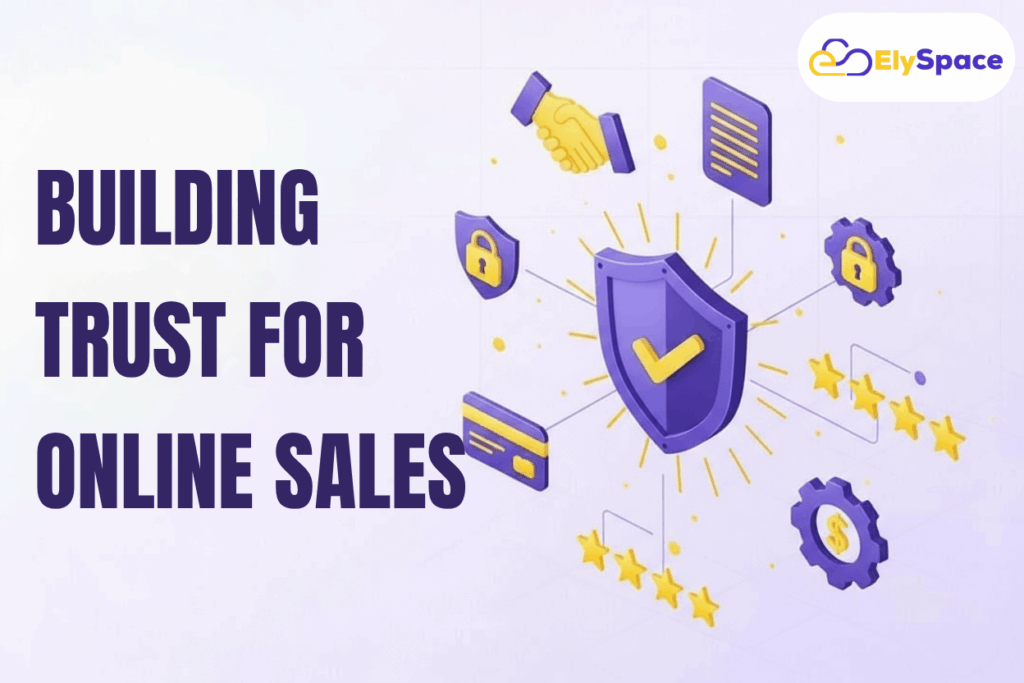
Transparency as a Competitive Advantage
Success on the web relies primarily on trust, especially when selling higher-end products where authenticity may be a concern. Your greatest competitive advantage will come from being honest and transparent about your business, especially for local businesses that sell wholesale and handmade products.
When writing product descriptions, consider being absolutely straightforward about what your products are, any natural differences that could exist, and any potential flaws. If you’re selling one-of-a-kind, handcrafted products, it’s OK to note that pictures may not be identical due to their hand-made nature. Customers appreciate honesty.
If you have any documentation that shows your authenticity, include it in your descriptions. Things like certificates of authenticity or some detailed explanation about traditional production methods or pictures that show the creation process can put a customer’s mind at ease that the products are authentic.
Tell your story. Share who you are, your family’s background in the craftsmanship, where your workshop is located, and anything else that explains your personal connection to the products you are selling. Vulnerability will create a connection with customers that no impersonal corporate seller can create with your brand.
Managing Online Reviews and Reputation
Make an effort to gather customer review feedback in an engaged manner after any successful delivery. Send a follow-up message asking for feedback. Make the process of completing a review feel simple and direct; provide customers with a direct link to the platform to leave a review (e.g., use Google Business).
Make reviews stand out on your website and on your social media. Positive reviews provide real and undeniable social proof that significantly affects online shoppers’ purchasing decisions.
Engage with all reviews, whether they are positive or negative. Thank a customer for their review, specifically for the positive experience, and for an adverse experience, you should respond quickly and professionally. In your response to negative feedback, you should apologise, explain what occurred, and share how you would resolve it.
Overcoming Common Challenges
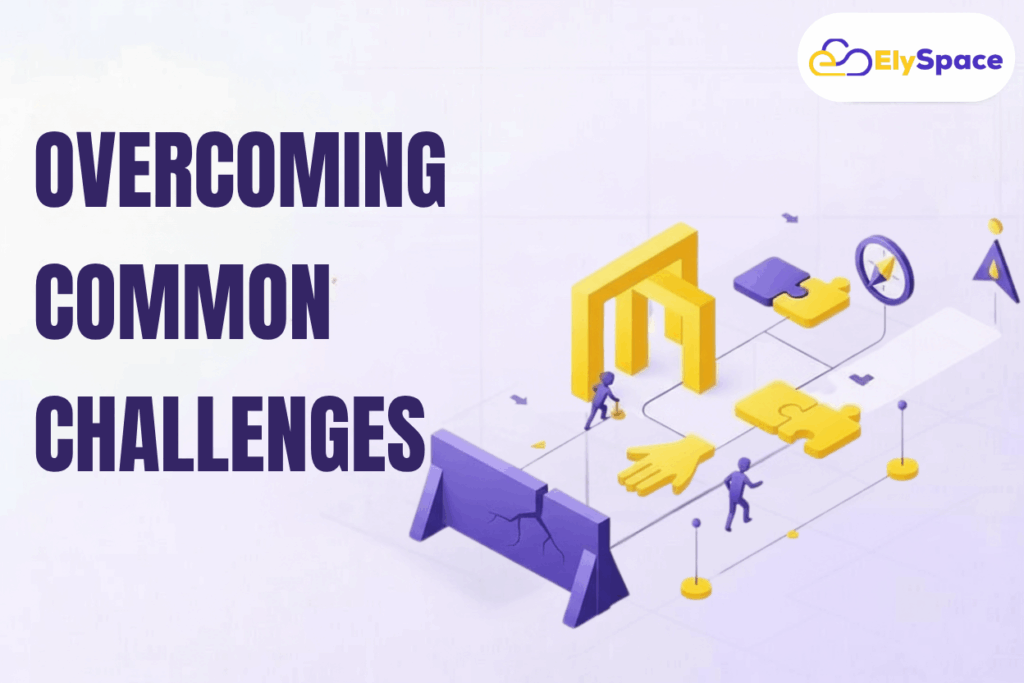
Dealing with Internet Connectivity
Although the reliability of the Internet in Kashmir has improved, it can still cause problems for online businesses. You should plan your operations accordingly. Download offline tools and keep physical records of your inventory and orders, when available, as a backup to online records.
Consider avoiding intensive use of the Internet, such as uploading photos or large video files, during times when the Internet does not function reliably. Many businesses find that their internet service works better at specific times of the day, usually in the early morning hours.
Bridging the Digital Skills Gap
Not all business owners have advanced technical skills, but you don’t need to be an expert to start successfully. Start with beginner-friendly platforms like Instagram and WhatsApp Business—these platforms require very little technical knowledge. You will also find countless free online resources that offer step-by-step tutorials. YouTube offers millions of guides on nearly every topic you will encounter online. You might even consider getting family members who are comfortable with technology to help you.
It is worth mentioning that it is entirely justified to use a professional digital marketing service, or a web development service, etc., to help you fill in your skills gap as a business owner and allow you to focus on your primary business objectives while these professionals attend to all aspects of the technical side of the platfor,m which you may be uncertain of.
Competing Against Counterfeit Products
In the online selling world, the rise of sellers offering counterfeit products as “real Kashmiri products” has become commonplace. You can differentiate yourself from counterfeit sellers by way of authentic storytelling, full transparency, and proof of legitimacy.
Display your actual workshop and show your artisans working, and the authentic process that goes into your products. Counterfeit sellers cannot provide authentic behind-the-scenes content. Authentic documentation will be your greatest differentiator for online selling.
Take the time to register your business according to your jurisdiction, and apply for any certifications that are available to you. Government-backed programs addressing traditional crafts or artisans will often provide certifications and/or quality marks that convey legitimacy to well-informed buyers.
Frequently Asked Questions
How much does it cost to start an online business?
You can start with a low budget when using free platforms such as WhatsApp Business and Instagram. To start, you just need a smartphone and an Internet connection. As you progress, you can start to budget about ₹2,000-5,000 a month for promotion and ₹10,000-15,000 for a very basic website each year. There are packages for professional web development for all budget ranges.
Do local businesses need GST registration?
GST registration will be required after your annual turnover reaches ₹40 lakhs, even if your registration is not required below. However, it is advisable to register for the possibility of selling through a major marketplace platform. Registration will also allow you to claim input tax credits and will increase the perception of your business.
How should I handle returns in online selling?
Determine a transparent return policy before you launch (usually 7-15 days from receiving the item). Clearly communicate your policy on all channels. Process valid returns professionally and on time. A lot of situations can be remedied with partial refunds or exchanges.
Which platform is best for small business online marketing?
Instagram’s image format is undoubtedly the finest choice for visually led products! Instagram attracts a younger market than Facebook, which is dominated by an older demographic. If selling directly to customers, then WhatsApp Business is a great choice for initiating conversations with customers. In essence, you want to stay active on all three to expose as many potential customers as you can.
How can I improve my local SEO ranking?
Complete your Google Business Profile thoroughly, encourage customer reviews, create location-specific content, use local keywords in your descriptions, and ensure NAP (Name, Address, Phone) consistency across all online platforms. Regular posting and engagement also improve local search visibility.
Conclusion
Taking your business to the digital marketplace will mean expansion beyond just your sales– it is about cultural preservation, sustainable employment opportunities, and connecting the world with genuine craft. The online marketplace will enhance your skills rather than taking away from them.
There is nothing wrong with starting small and building up. Start with social media, listing a few items, taking your first sale, and using this market as a learning experience. You won’t be the first of many successful online businesses that started right where you are now.
It is much easier and faster to learn about digital space with professional support services. Whether you need one service, like web development or a mobile app, or want the whole digital marketing strategy with web development, a service provider like Elyspace will help to build a strong online presence, and you can maintain your full-time craft. Quality digital services for small businesses set a quality digital experience to thrive online rather than stumble online.
If someone is searching online for authentic Kashmir goods, there is a person on the other end who expects quality that only a sincere local business may provide. Creating your digital presence allows customers to find Kashmiri businesses online directly.
So, take your first step today– establishing that Instagram account, taking pictures of your products, telling your authentic story, and connecting with your online customers. The digital marketplace is empowering authentic products and skilled artisans from Kashmir. If you have an honest strategy, tools, and follow through, you may find your local business successful.

